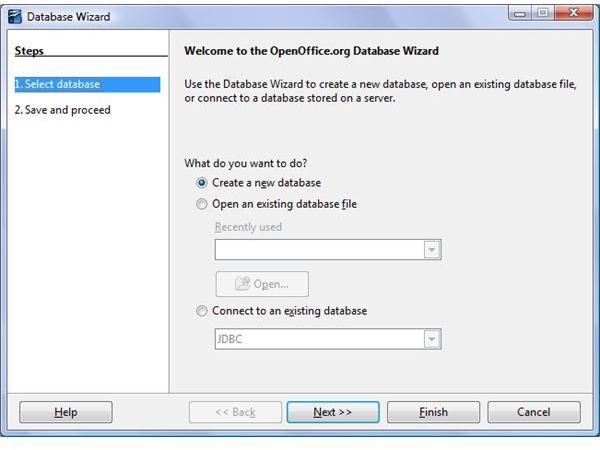

FileMaker Pro is usually quite popular among AppleScript developers, primarily due to its ease of use, customizable interface, and robust AppleScript support. Typically, developers will turn to a database of some kind.

This is actually quite easily done, and is a common technique for storing such information as persistent user interface options and settings.įor complex data storage and access, a more robust solution may be necessary. In AppleScript Studio projects, another method of data storage and access is to make use of a project's preferences file, i.e. However, depending on the complexity and amount of data being stored or accessed, you may need to write parsing code in order to work with the information. This technique of writing information to a text file may suffice for basic types of informational storage. This can be done with the File Read/Write Commands suite in the Standard Additions scripting addition, which is installed as part of Mac OS X. One common method is to simply write information to a text file on the user's hard drive, on a server, or elsewhere. There are many techniques that are commonly used to store and access data with AppleScript. In this month's column, we will discuss the use of Database Events, a new and exciting feature in Mac OS X, for storage and access of data during script execution. Others may need to access structured data, in order to do something fairly complex, such as building a catalog.

Some may need a location to log activity or errors during processing. Some scripts may need to store user-entered data for later reference, perhaps during an entirely new session.


 0 kommentar(er)
0 kommentar(er)
